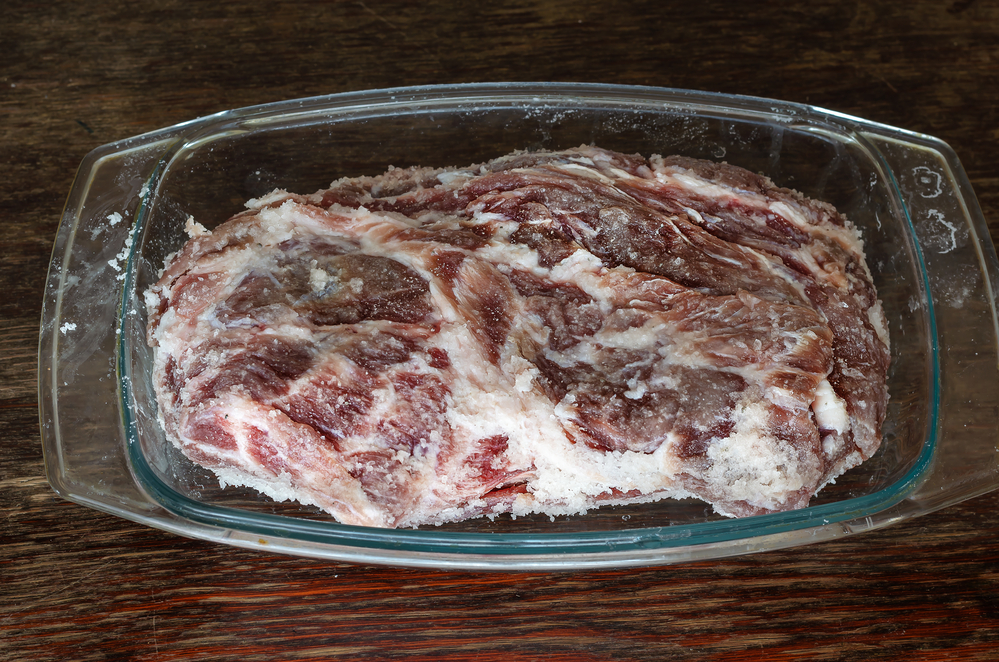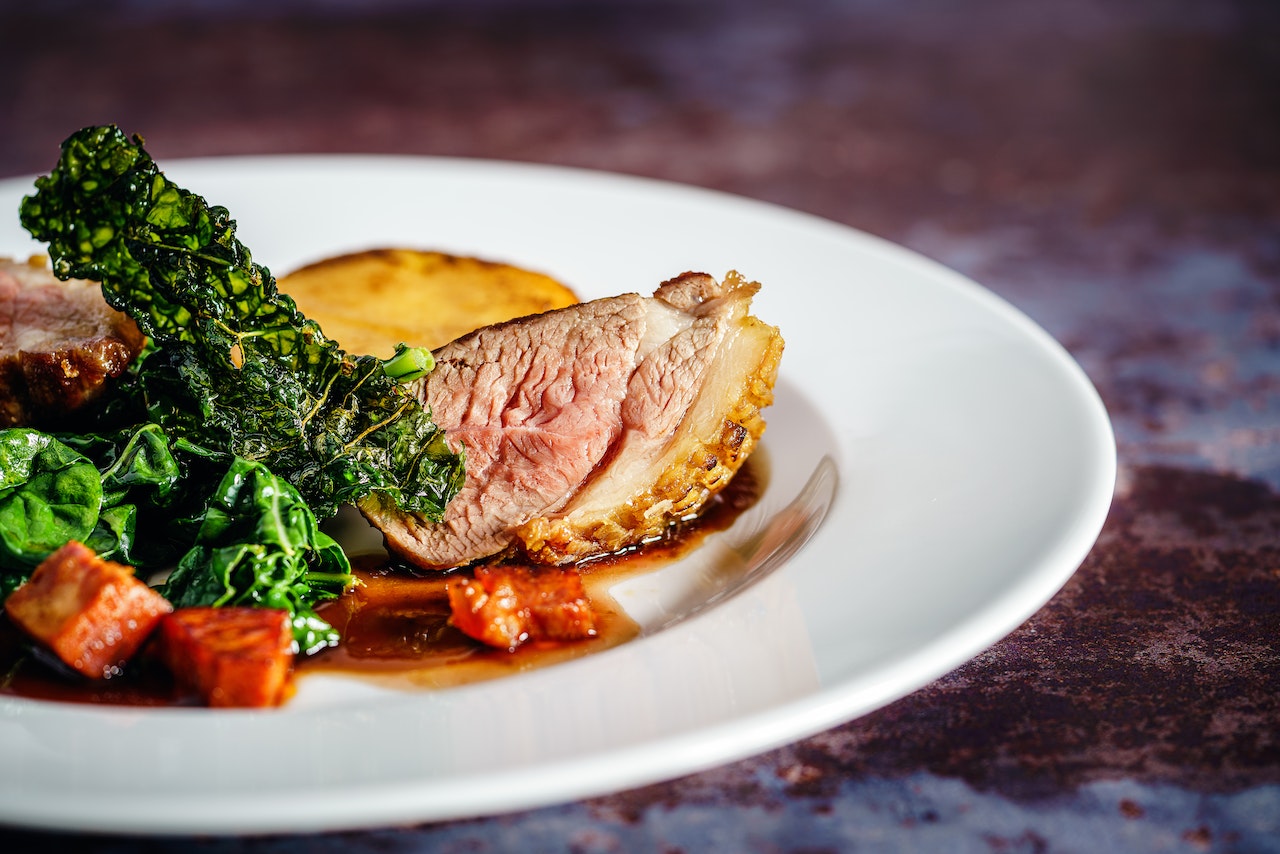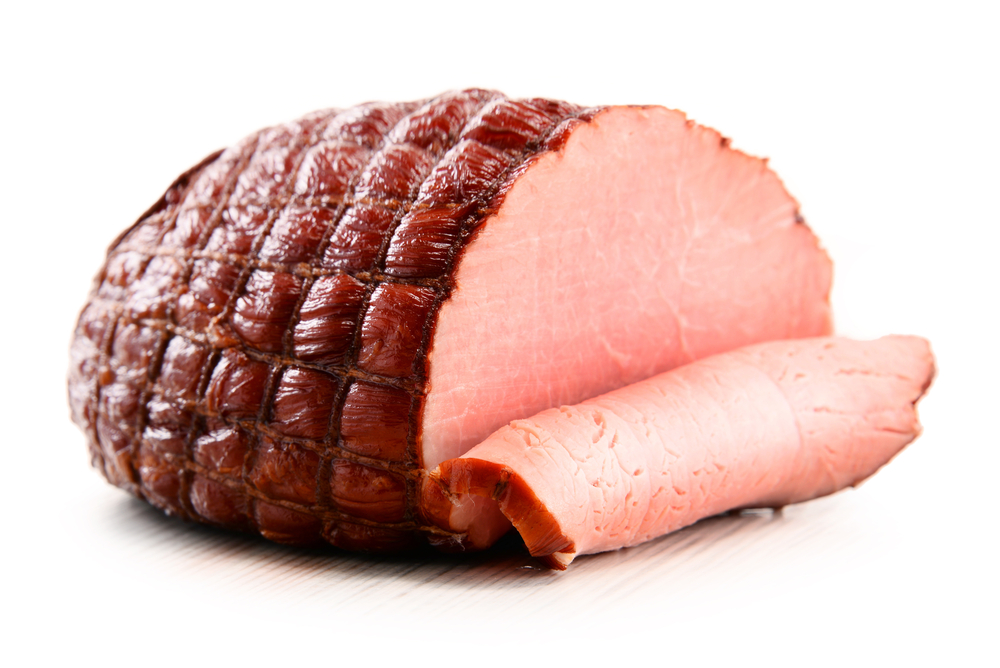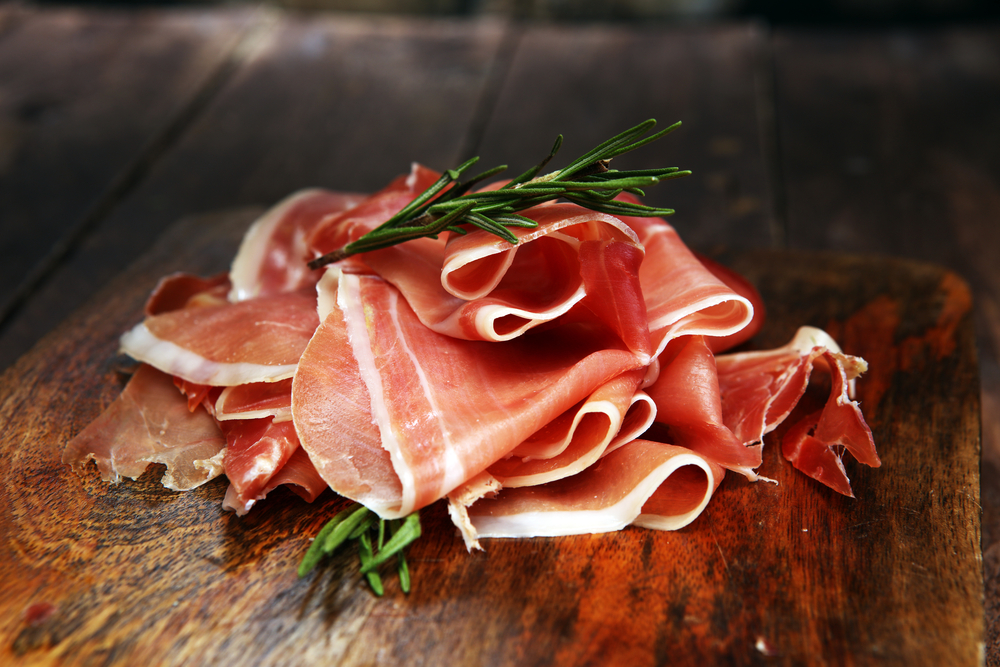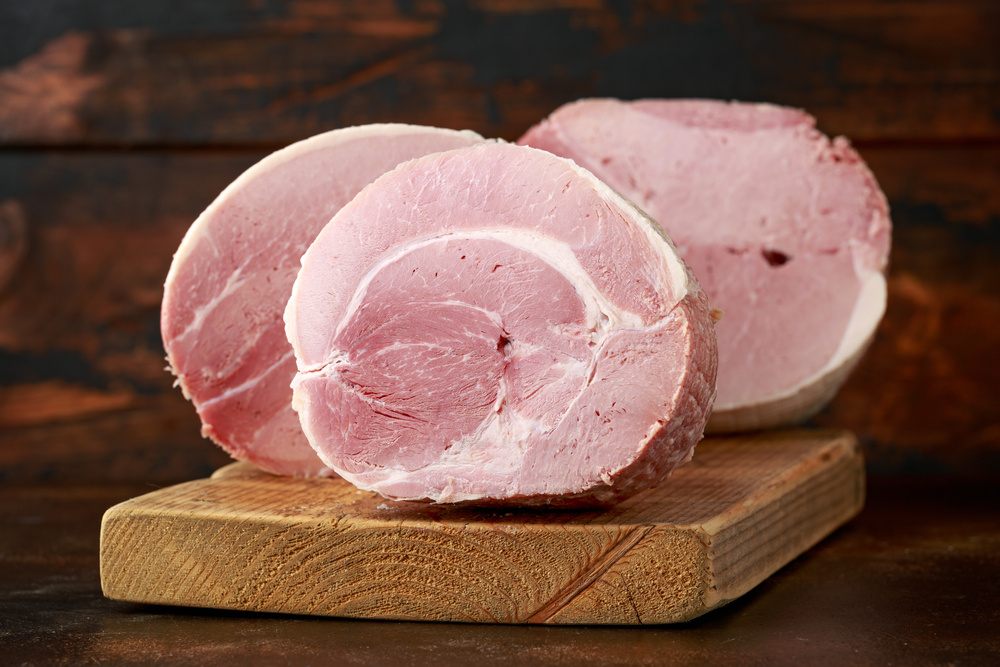Prosciutto is a neighbourly sliced meat that has attended many dinner and lunch get-togethers. It has a delectable salty taste, and is a great addition to charcuterie boards as it slices so thinly. But, if there is no prosciutto available to you, you still have some options.
The 16 Best Substitutes for Prosciutto
If you don’t have any prosciutto, there are some viable replacements to use instead. Some of the best substitutes for prosciutto are ham, bacon, pancetta, salami, capicola, guanciale, culatello, soppressata, mortadella, duck prosciutto, beef bresaola, cheese, tofu, and more.
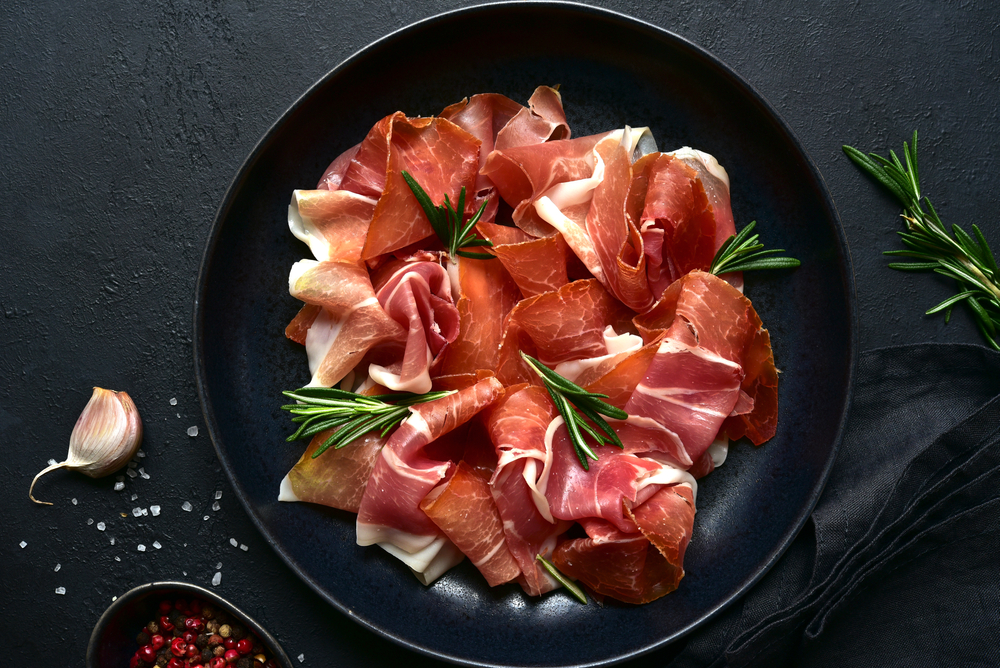
What is Prosciutto?
Prosciutto translates directly from Italian to the word “ham.” Prosciutto is a type of ham that is derived from pork legs of a high quality. The use of prosciutto has been documented since the times of ancient Rome.
When prosciutto is made, first the meat is covered in salt and left in it for a few weeks. By doing this, blood and other moisture will be drawn out of the meat. The salt is to thank for removing the fluids, and it also prevents any bacteria from entering.
After being salted, the pork legs are then left to age for up to three years. The combination of these factors; time, salt, and air, is what gives prosciutto its signature sweet taste.
What’s a Good Replacement for Prosciutto?
There are surprisingly many replacements for prosciutto. Here are some of the top-rated prosciutto substitutes:

1. Serrano Ham
Because prosciutto is a type of ham, using another type of ham in its place is a reasonable decision. Serrano ham is made in the same way that prosciutto is, but it is a Spanish type of ham instead of an Italian one.
The appearance of serrano ham is darker in color than that of prosciutto. Its taste is also more pungent and intense, but still has the saltiness that prosciutto is known and loved for.
2. Bacon
The use of bacon as a replacement for prosciutto may seem out there, but it is a good one to consider because of how common it is. Try wrapping other foods with bacon, like asparagus or using it as a flavor additive to pasta sauce to get the dinner delight that prosciutto is used for.
You probably know that bacon and prosciutto aren’t very similar in taste. This is because they are cured differently; bacon is usually smoked, while prosciutto is not. The smoking process gives bacon a woody taste and a thicker texture.
One thing to remember is that while prosciutto can easily be eaten raw, bacon should never be consumed raw. Most varieties of bacon that are available at the grocery store are not thoroughly cured, so it’s best to always cook it before eating.
3. Pancetta

Pancetta is often called Italian bacon. It is a great prosciutto alternative for dishes that need some extra flavor. More than anything, pancetta is used as a seasoning because it is very salty and fatty.
It is safe to eat plain, but it’s not always recommended. Pancetta is best when used along with other foods that could use added flavoring. It is a common addition to pastas or for being crumbled over salads.
4. Salami
Like prosciutto, salami is a cured Italian meat. It is typically extremely easy to find in American grocery stores. Its taste isn’t a perfect match to prosciutto, but it will still bring saltiness and tang to your dishes.
Salami can be eaten on its own as a snack, or added to sandwiches. Its texture is tougher than prosciutto’s, which will be most noticeable when eaten plain. The taste of salami is also much stronger than that of prosciutto.
5. Capicola
Capicola is another Italian replacement for prosciutto. It is very common in Italian delis, and like prosciutto, capicola is a cured meat that has a deep and rich flavor. The main difference between capicola and prosciutto is that capicola is taken from a pig’s neck or shoulder.
The taste of capicola is pretty similar to the taste of prosciutto, but capicola tastes more smoky. It also has thick streaks of fat in it, while prosciutto has tiny veins of it. They have a similar fat and salt content, though.
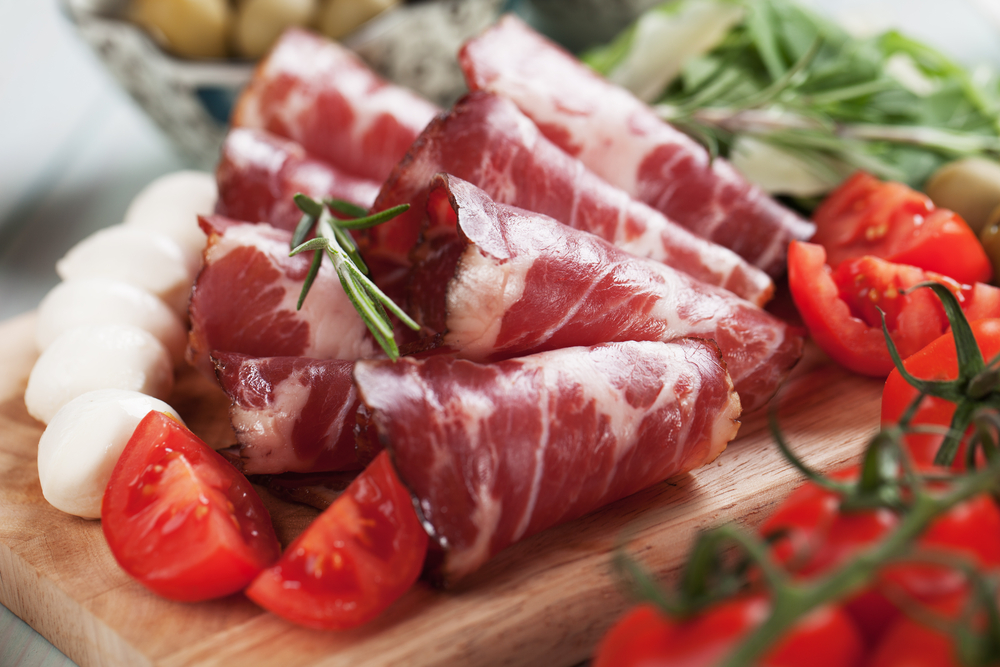
6. Guanciale
Guanciale is perfect for cooking, as it adds just the right amount of salt. It is used in many pasta dishes, especially pasta carbonara. Though it makes for a great ingredient, guanciale is also delicious when eaten on its own.
Its fat content is higher than that of prosciutto, which gives it a creamy texture. In addition to its smoothness, guanciale is also smoky in flavor, similar to bacon.
7. Culatello
It may be difficult to find, but if you can locate culatello, it is a substitute for prosciutto that is arguably even better than prosciutto itself. It has a similar curing process that prosciutto goes through, giving it a similar taste and look to prosciutto.
The main difference is that culatello is derived only from the thigh muscles, which gives it a lower fat content than prosciutto. This is a plus for those watching what they eat, but it does make it not so much of an all-rounder that prosciutto can be.
If you’re looking for something that replicates prosciutto, culatello is about the closest you can get. The only reason it isn’t number one on the list of prosciutto substitutes is because it can be hard to track down in America.

8. Soppressata
Soppressata is easy to spot because it is dark red in color and has large white spots of fat on it. It is a variety of salami, giving it a similar texture and taste to salami. If you’re okay with a bit of extra spice, soppressata is a good stand-in for prosciutto.
Its texture is pretty different from prosciutto; it is much tougher, while prosciutto is very chewy. Because of this toughness, it isn’t always ideal to cook with. But soppressata is perfect for charcuterie boards.
9. Mortadella
Mortadella’s taste is much more tame than that of prosciutto. It is the most comparable to bologna in terms of its texture and flavor, but has white circles of fat on it. It has a very different texture from prosciutto, but can also be good for snacking.
Because of its texture, mortadella isn’t the best prosciutto replacement for cooking situations. It does best in sandwiches.
10. Deli Ham
Regular deli ham is a simple and easy substitute for prosciutto. It does have a less complex flavor, and its texture isn’t as chewy. But, the reason many use prosciutto is for its salty pork taste. This flavor can also be achieved with deli ham.
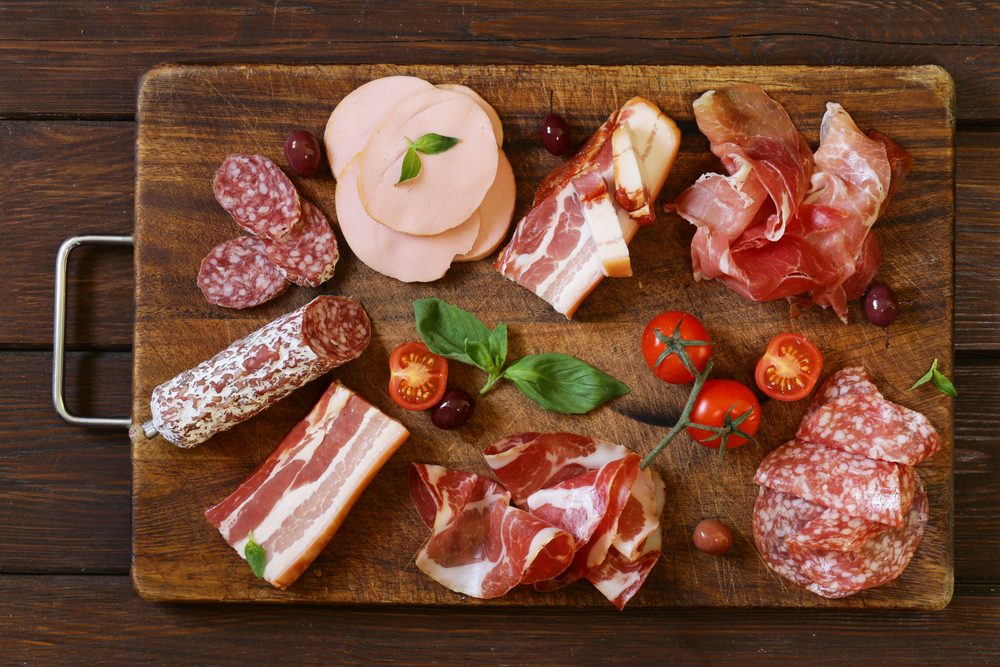
If you’re wanting a prosciutto substitute for cooking, just remember that deli ham does not have the same fats that prosciutto and many other meats have. So, add lots of excess oil as it burns much more easily.
11. Duck Prosciutto
Duck is not a traditional meat for many people, but duck prosciutto is interestingly similar to its counterpart. Its color is still a deep red, and it has a similar taste, but slightly less salty. Duck prosciutto can be used in any of the same ways that you would use pork prosciutto for.
It tends to dry out much faster, so keep that in mind when using duck prosciutto for cooking.
12. Beef Bresaola
While prosciutto is made from the legs of a pig, bresaola is made from the legs of a cow. The same dry curing method is used to make bresaola as well, so it’s no surprise that it makes for a decent prosciutto replacement.
Like prosciutto, it has a dark red color. Bresaola is more lean, and you can tell just by looking at it because it has only thin lines of fat. Despite this, its taste is stronger and saltier than that of prosciutto.
13. Cheese
Meat and cheese are two foods that are often paired together. Their flavors complement each other well, and they can even be similar in taste. A smoked cheese like gouda can offer you the same taste that you look for in prosciutto.
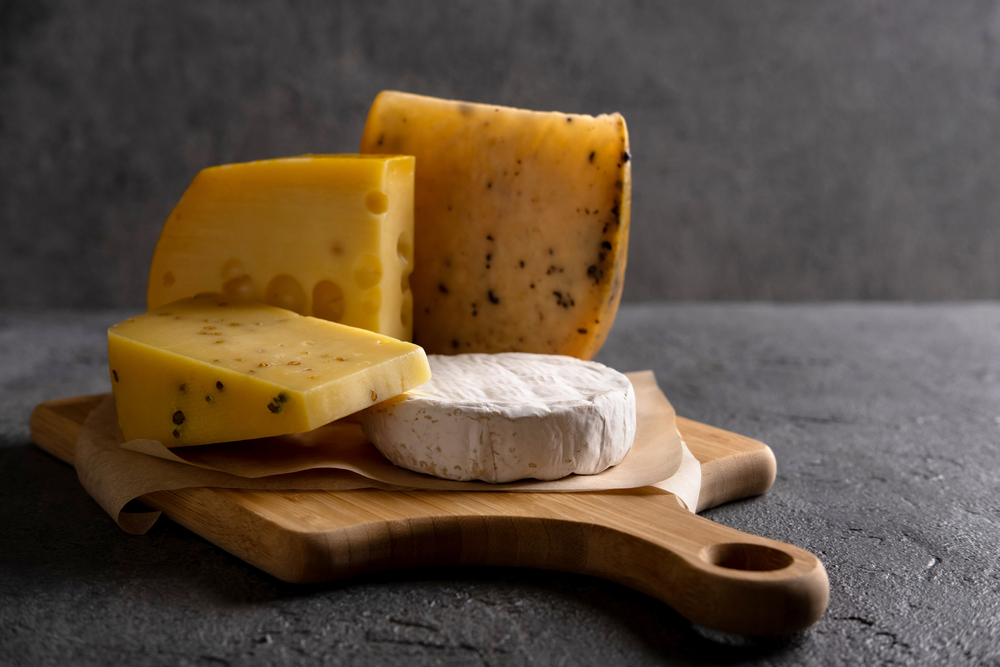
Another cheese like bleu or camembert cheese is more pungent and will give your dish a more complex taste. For sandwiches, cheeses can make a surprising prosciutto replacement. Just be mindful of what cheese you use, as it will bring out the other flavors in your dish.
14. Tofu
For a prosciutto replacement for those who don’t eat meat, try tofu. Tofu is certainly not unheard of for vegetarians and vegans, and it has an impressive nutritional profile. It is high in protein and low in fat, carbs, and sodium.
When raw, tofu isn’t all that impressive. But, when cooked and marinated, the mushy white block can take on the flavor and texture of meat. To replicate the taste of prosciutto, try marinating your tofu in worcestershire or soy sauce.
15. Toasted Nuts
Another competitive vegan alternative to prosciutto is toasted nuts. Walnuts or a variety of other toasted nuts have the saltiness that can be found in prosciutto, and add a unique crunchy element to foods. By adding paprika, you can give your dish an even more unexpected kick.
16. Mushrooms
Mushrooms are another good vegan substitute for prosciutto. They surely don’t have the same taste that only cured meat can take on, but with the right preparation, it can get close.
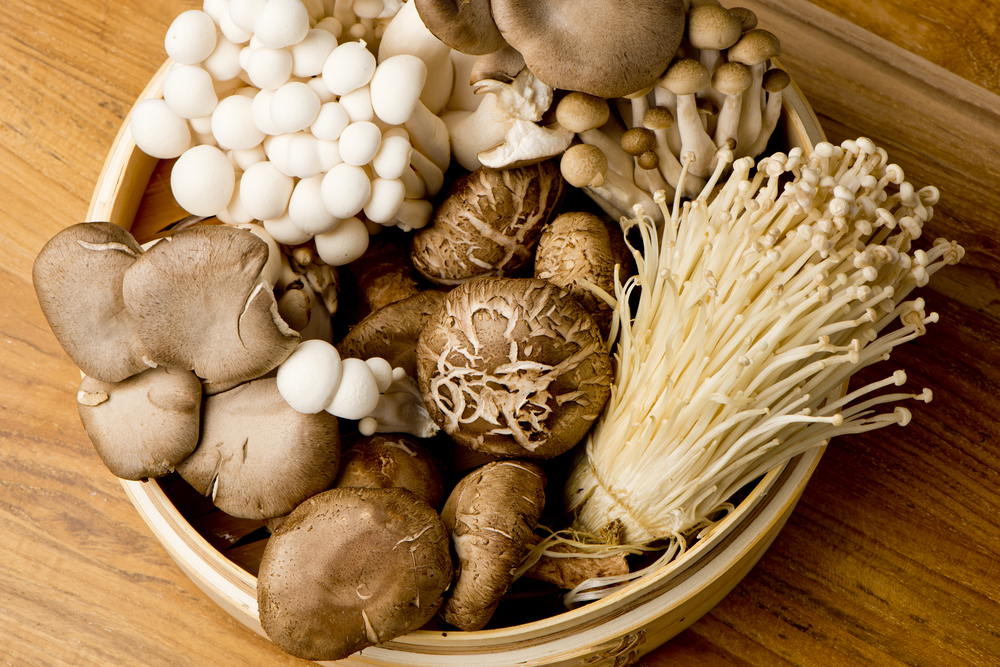
By cutting mushrooms into thin slices, marinating them in sesame oil and soy sauce, and baking them, the result will be a craveable flavor that could easily compete with cured meats. They also work for charcuterie boards.
How to Choose a Prosciutto Substitute?
To choose the right prosciutto substitute for you, first consider what you were originally going to use the prosciutto for. For example, if you were going to cook it, your options are narrower. For cooking, mushrooms are the best plant-based alternative.
Bacon or guanciale are two other good alternatives for cooking, though they are animal products and not suitable for vegans. In non-cooking situations, like sandwiches or charcuterie boards, any of these substitutes will suffice. It’s all up to your personal flavor preferences.
If you don’t want to stray too far from the taste and texture of prosciutto, try using ham or bresaola. If you don’t mind getting a little adventurous with flavors and textures, any of these prosciutto replacements are worth considering.
FAQs
Can prosciutto be eaten raw?

Prosciutto certainly can be eaten raw, which is not the case for most meats. The reason prosciutto is okay to eat without cooking is because of how it’s made. It is cured for weeks with salt, letting the moisture escape from the meat and blocking out any bacteria.
What are the different types of prosciutto?
There are two main varieties of prosciutto: crudo and cotto. Prosciutto crudo is likely what you think of when the word “prosciutto” comes to mind; the thinly sliced, salty, meat that can be used for both appetizers and entrees.
Prosciutto cotto is most similar to regular ham. For a more simple distinction, prosciutto cotto is cooked, while prosciutto crudo goes through the long curing process. Different types of prosciutto are named after the city they originate in.
Can prosciutto be made from other meat?
The definition of prosciutto is a meat that comes specifically from the thigh of a pig. Of course, there are other meats that come from the thighs of animals, like bresaola. This doesn’t make them prosciutto, but they are comparable in taste and texture.
Final Thoughts
Prosciutto is a delectable, salty, meat that is very thinly sliced. Its properties make it perfect for both cooking or snacking. If you don’t have any prosciutto, or can’t find any, there are plenty of sufficient replacements that can take on similar abilities.


